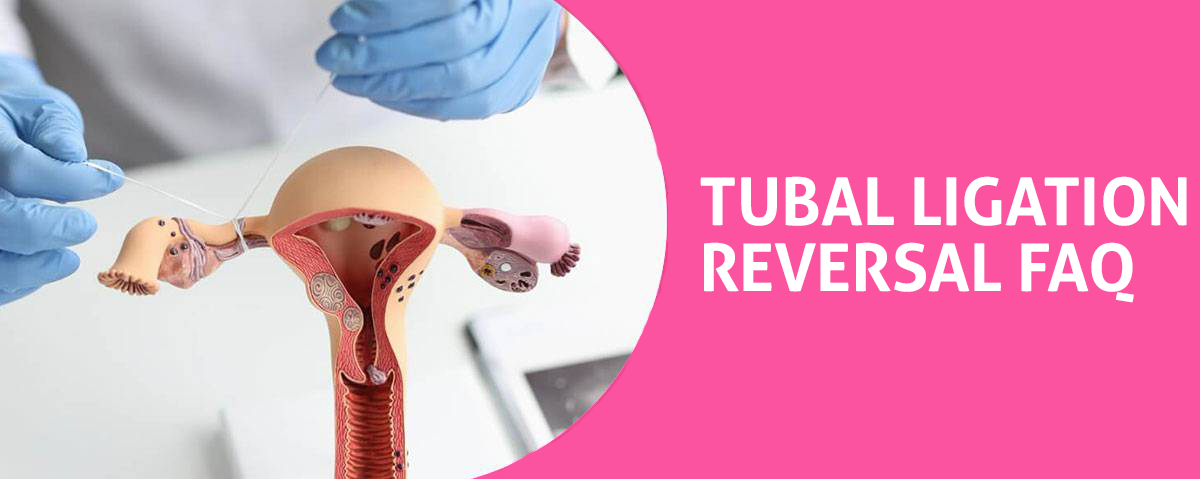How Are Eggs Collected for IVF After Tubal Ligation?
Ever thought you’d be navigating the journey of IVF after tubal ligation? It’s not something you’d expect, but here you are, and we’re here to guide you through it. This article will help you understand how eggs are collected for IVF post-tubal ligation; from prep to post-procedure care. You’ll grasp the ins and outs, so you’re not walking this unfamiliar path blind. It’s a brave journey you’re on, and we’re here to help.
Pre-IVF Preparation Process
If you’re considering IVF after tubal ligation, there’s a series of preparation steps you’ll need to take before the actual egg collection can occur. Dietary modifications are often the first step, ensuring your body is at its healthiest state. A diet rich in fruits, vegetables, lean proteins, and whole grains is recommended. Concurrently, hormonal medications are prescribed to stimulate your ovaries to produce multiple eggs, enhancing the chance of successful fertilization. During this phase, frequent monitoring is essential to track your response to the medication and adjust dosage if necessary. It’s a rigorous process that requires commitment, but with a clear understanding and strong support, it becomes manageable. Remember to constantly communicate any concerns with your healthcare provider throughout this journey.
Egg Retrieval Techniques
Once you’ve navigated the preparation process, it’s time to move onto the next crucial stage – the egg retrieval technique, where multiple eggs are gently collected from your ovaries. The procedure is performed under anesthesia to ensure your comfort and is typically done using ultrasound guidance. Your doctor will carefully guide a thin needle through your vaginal wall to reach the follicles that house your eggs. Anesthesia options often include local, regional, or general, depending on your personal situation and the doctor’s recommendations.
Retrieval complications are rare but can include infections, bleeding, or damage to surrounding structures. However, with a skilled medical team, these risks are minimal. Following the procedure, you’ll rest and recover as your eggs are prepared for the next step in the IVF process.
Post-Procedure Care and Recovery
After your eggs are successfully collected, you’ll need to focus on recovery and post-procedure care, ensuring you’re well-prepared for the next steps in your IVF journey. Pain management is crucial during this period. Mild discomfort or cramping is common, and your doctor will likely prescribe analgesics to help alleviate your pain.
It’s also vital to address your emotional wellbeing. IVF can be a stressful process, and it’s normal to experience a range of emotions. Don’t hesitate to seek emotional support from friends, family, or professional counselors to help you navigate this journey.
Remember to follow all medical advice and attend follow-up appointments. Your healthcare provider will monitor your progress and make any necessary adjustments to your treatment plan. Your commitment to post-procedure care is a critical factor in successful IVF.
Other Popular Questions About Tubal Ligation Reversal:
How Dangerous Is Tubal Ligation?
How Common Is Weight Gain After Tubal Ligation?
How Common Is Tubal Ligation Failure?
How Common Is Regret After Tubal Ligation?
How Common Is Recanalization After Tubal Ligation?
How Common Is It to Get Pregnant 7 Years After a Tubal Ligation?
How Can You Tell if Your Tubal Ligation Failed?
How Can You Still Have Periods After Tubal Ligation Anatomy?
How Can You Have a Period After Tubal Ligation?
How Can I Tell What Type of Tubal Ligation I Had?
How Can I Reverse Tubal Ligation?
How Can I Prevent Early Menopause After Tubal Ligation?
By using this webiste you agree to Terms and Conditions
